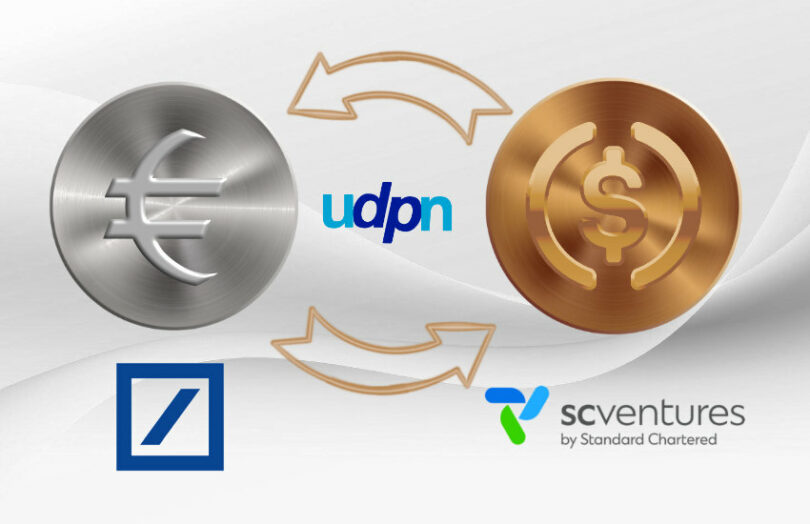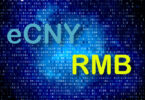Today Standard Chartered’s SC Ventures and Deutsche Bank said they completed the first proof of concept (PoC) for the Universal Digital Payments Network (UDPN). It aims to connect payments across various CBDC and blockchain networks using messages (similar to Swift). Unlike Swift, institutions exchange messages via a permissioned blockchain. Banks are willing to participate because the network only supports regulated tokens and enforces compliance using decentralized identities.
The UDPN was founded by Red Date Technology, the co-founder of the Chinese Blockchain-Based Service Network (BSN). It has been developing UDPN in conjunction with consultancy GFT, and DLA Piper’s digital asset initiative TOKO is also involved. Several additional organizations will participate in network governance through the UDPN Alliance.
UDPN aims to address the adoption barriers faced by current digital currency offerings. As the number of CBDCs, stablecoins and deposit tokens proliferate, they illustrate a lack of interoperability.
Article continues …

Want the full story? Pro subscribers get complete articles, exclusive industry analysis, and early access to legislative updates that keep you ahead of the competition. Join the professionals who are choosing deeper insights over surface level news.






